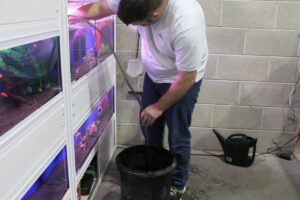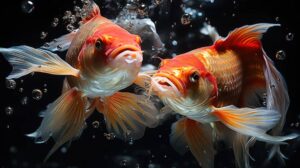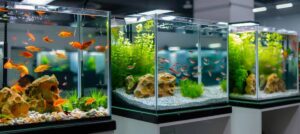The Pets Care Blog
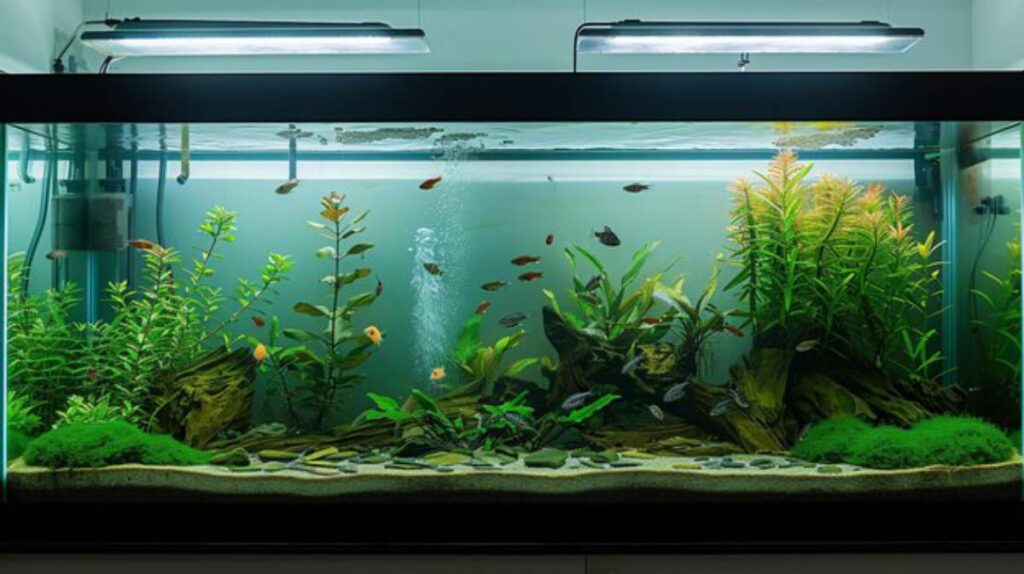
Best Aquarium Lighting for Beginners: A Friendly Guide to Getting it Right
Lighting does more than brighten up your aquarium. It supports plant growth, brings out your fish’s natural colours, and helps you enjoy the underwater world you’ve created. But for beginners, figuring out fish tank LED options or picking the right setup from the sea of choices can feel like decoding a science manual.
Fortunately, it doesn’t have to be overwhelming. The right lighting is not about the most expensive fixture — it’s about matching your tank’s needs to the right light source in a way that’s simple and sustainable.
In this guide, you’ll learn everything you need to know about beginner fish tank lighting — including how to choose the right type, understand spectrum and intensity, and avoid common pitfalls. Whether you’re keeping a basic fish-only tank or starting with plants, we’ll light the way forward (pun intended).
Why Aquarium Lighting Matters (Even for a Simple Setup)
It’s easy to assume that fish don’t need special lighting. After all, they lived in rivers and oceans before LEDs existed, right?
Here’s what aquarium lighting actually does:
- Supports plant health through photosynthesis (for planted tanks)
- Regulates fish behaviour and sleep-wake cycles
- Highlights fish colours and natural beauty
- Helps you spot health issues or algae growth early
- Creates a stable viewing environment for you and your fish
Even in low-maintenance tanks, consistent light cycles help fish stay calm and encourage natural routines.
Types of Aquarium Lighting Explained
Let’s start by demystifying your options. Most beginner tanks come with a built-in light in the hood, but not all lights are created equal.
1. LED Lights (Light Emitting Diodes)
Best for: Most beginners, planted tanks, low energy usage
Pros:
- Energy-efficient and long-lasting
- Low heat output
- Customisable brightness and spectrum
- Suitable for timers and automation
Cons:
- Some entry-level LED units may be too dim for certain plants
Modern aquarium LEDs are the gold standard for hobbyists. They’re versatile, safe, and easy to upgrade later.
2. Fluorescent Lighting (T5 or T8 Tubes)
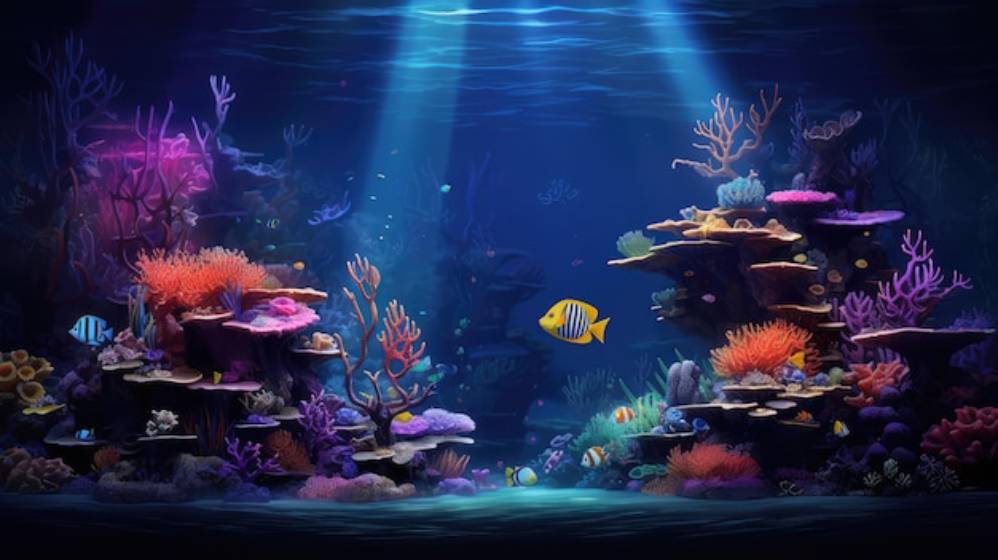
Best for: Older setups, medium-tech planted tanks
Pros:
- Good intensity
- Decent light spread
Cons:
- Shorter lifespan
- Generates more heat
- Less control over the spectrum
Fluorescent tubes used to be the norm but have largely been replaced by LEDs. If you inherit a setup with them, they’ll do fine, but they’re not the best starting point anymore.
3. Compact Fluorescent (CFL) Bulbs
Best for: Nano tanks or budget builds
Pros:
- Inexpensive
- Fits standard sockets
Cons:
- Heat output
- Limited spectrum control
These can work in small setups, but tend to be phased out for better LED performance.
4. Metal Halide / High-Intensity Discharge (HID)
Best for: Advanced reef aquariums — not suitable for beginners
These are powerful lights used in coral tanks. If you’re just getting started, skip this entirely.
How Much Light Does Your Aquarium Need?
The right lighting intensity and duration depend on what’s inside your tank, especially if you have live plants.
For Fish-Only Tanks:
- 6–8 hours/day is typically enough
- Low-intensity LED lighting is ideal
- Bright enough for viewing, but not intense enough to encourage algae
For Planted Tanks:
- 8–10 hours/day, depending on plant type
- Choose a full-spectrum LED (between 5,500K–7,000K colour temperature)
- Check if your plants are low-, medium-, or high-light species
For Aquascaped or Advanced Tanks:
- May require dual-spectrum LEDs or custom programming
- Always research the lighting needs of your specific flora and fauna
Start with shorter periods and increase slowly — this avoids algae blooms and gives your tank time to adjust.
Understanding Colour Temperature and Spectrum
If you’re shopping online, you’ll see numbers like “6,500K” or phrases like “full-spectrum.” What do they mean?
Colour Temperature (Kelvin):
- 2,700K–3,500K: Warm, yellowish light (not ideal)
- 5,500K–7,000K: Daylight range — best for fish and plants
- 10,000K+: Bluish light, often used in reef tanks
A good aquarium light guide for beginners is to aim for around 6,500K, which simulates daylight and supports plant photosynthesis while enhancing fish colour.
Light Spectrum:
- Red and blue promote plant growth
- Green and yellow improve visual vibrancy
- Full-spectrum blends all to mimic natural sunlight
Don’t worry about perfection — most beginner-friendly LED lights already cover these basics.
Features to Look for in Beginner-Friendly Lights
You don’t need bells and whistles, but a few practical features make aquarium life much easier.
Must-Have Features:
- Adjustable brightness
- Timer compatibility or built-in timer
- Waterproof or splash-proof design
- Size that fits your tank dimensions
Nice-to-Have Features:
- Remote control or app control
- Sunrise/sunset mode
- RGB settings for colour tweaking
Lights with timers help establish a routine, which reduces fish stress and keeps algae at bay.
Common Lighting Mistakes (and How to Avoid Them)
Even with the right light, it’s easy to run into beginner mistakes.
- Too much light time → algae blooms
- Inconsistent schedule → fish stress
- Wrong colour temperature → poor plant growth or unnatural fish tones
- Overkill on brightness → washed-out colours or skittish fish
Use a timer, start slow, and observe how your fish and plants respond.
Best Beginner Fish Tank Lighting Options
Here are some solid LED options beginners can rely on (as of recent buyer reviews and hobbyist forums).
For 10–20 Gallon Tanks:
- NICREW ClassicLED Plus
- Hygger Full Spectrum LED Light
- Aqueon Clip-On LED for small/nano tanks
For 30–55 Gallon Tanks:
- Finnex Stingray
- Fluval Aquasky (Bluetooth control)
- Current USA Satellite Plus Pro
These options offer reliable performance, budget-friendly prices, and beginner ease-of-use.
Lighting and Tank Location: A Crucial Duo
Where your tank sits matters too. If it’s near a window, you’ll get added light from the sun — which might cause algae problems.
Tips:
- Avoid direct sunlight
- Use timer-controlled LEDs to stabilise cycles
- Adjust light duration based on tank location and plant/fish needs
For more on placement and environmental control, explore our guide on the best room conditions for aquariums to prevent heat swings and glare.
Creating a Natural Light Cycle
Fish don’t need a disco show — they need consistency. Creating a natural cycle reduces stress and helps mimic their native habitat.
Example Daylight Cycle:
- 7:30 AM: Light slowly fades on (simulate sunrise)
- 8:00 AM – 4:00 PM: Full brightness
- 4:00 PM – 6:00 PM: Fade to dim (simulate sunset)
- 6:00 PM onward: Darkness for rest
Even if your light doesn’t have dimming features, sticking to a strict on/off time makes a difference. If you’re exploring long-term layout planning, don’t miss our beginner-friendly guide to arranging décor for fish safety and aesthetics.
Lighting for Special Cases: Betta Tanks, Shrimp, and Nano Setups
Some species have particular lighting needs or sensitivities.
Golden Betta Fish:
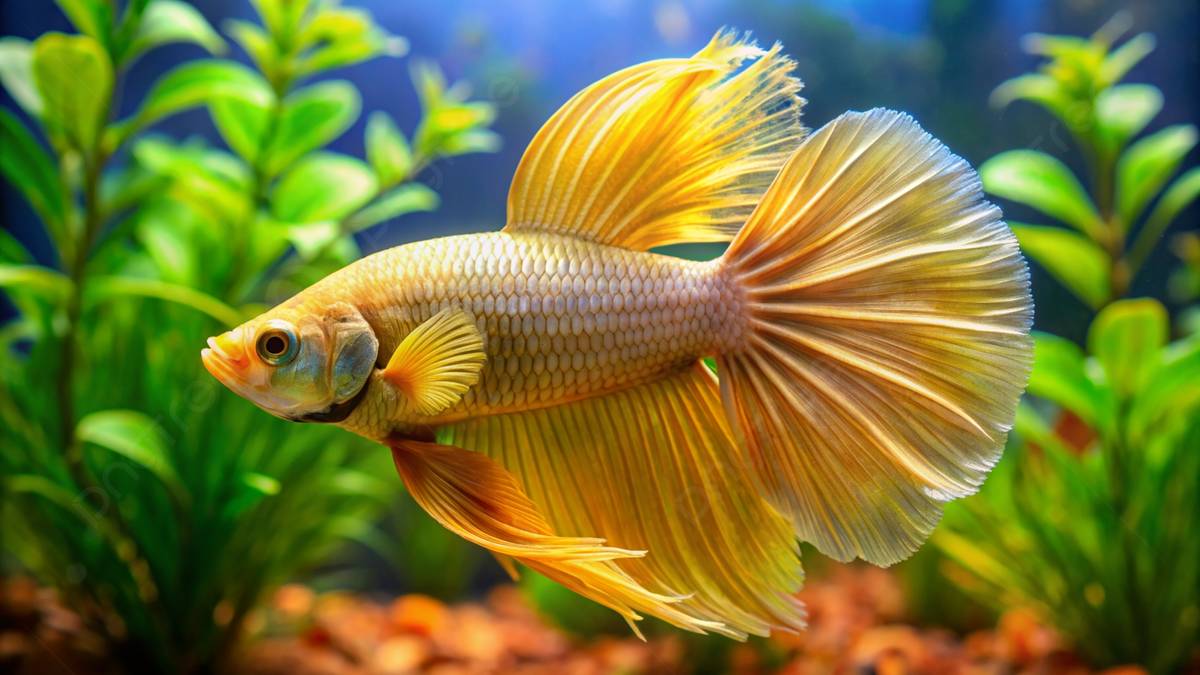
- Prefer softer, shaded lighting
- Include floating plants or dim zones
- Avoid ultra-bright LEDs
Shrimp:
- Thrive in low- to medium-light setups
- Too much light encourages algae, but they appreciate plant cover
Nano Tanks:
- Avoid bulky or hot fixtures
- Compact LEDs or clip-on lights are ideal
Conclusion: Shine the Right Light on Your Aquarium
Lighting doesn’t have to be complicated. As a beginner, your goal is to create a steady, calming environment where your fish thrive, your plants grow, and your tank looks great, without the stress of constant tweaking.
Stick to full-spectrum LEDs, add a timer, and choose based on your tank size and contents. Then sit back and enjoy the vibrant life you’ve illuminated.
Ready to light up your aquarium journey? Start simple, keep it consistent, and let your tank shine at its own natural rhythm. Got a favourite light setup or a question about lighting for your tank? Drop a comment — we’d love to help or hear your lighting success story!




